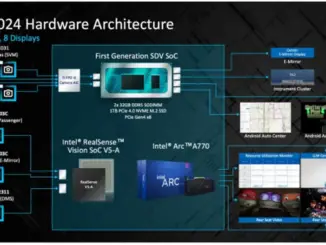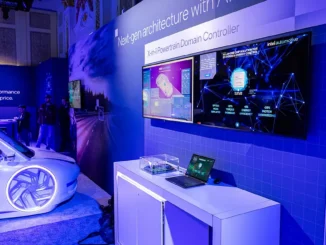In the NAOMI4Radar project, a research team from the University of Lübeck led by Prof. Sebastian Otte is working together with Mercedes-Benz AG, TWT GmbH Science & Innovation, Intel Deutschland GmbH and the Technical University of Munich on an energy-efficient radar sensor system. The use of neuromorphic computing and spiking neural networks (SNNs) is intended to optimize battery life, shorten reaction times and increase safety. The project is being supported by the project sponsor TÜV Rheinland.
The aim of the project, which runs until August 2025, is to make radar data processing more efficient using spiking neural networks (SNNs), a special form of neural network. In comparison to conventional AI algorithms, SNNs offer the advantage, put simply, that individual neurons only become active when they are actually needed. By using them in neuromorphic processors, as envisaged in Intel’s Loihi 2, it is not only possible to reduce power consumption, but also to achieve faster response times for autonomous vehicles.
Prof. Otte and his team are focusing in particular on the further development of the Balanced Resonate-and-Fire (BRF) model, whose special properties make it particularly interesting for the efficient processing of radar data. Efficiency is to be increased even further by using biologically inspired sparse coding approaches. Sparse coding aims to improve the robustness of neural networks, for example to make them more fault-tolerant. At the same time, the activity, i.e. the number of spikes circulating in the network, is reduced to a minimum. In collaboration with the project partners, a complete integration of neuromorphic radar data processing is to be realized and tested in a prototype vehicle. (jr)




